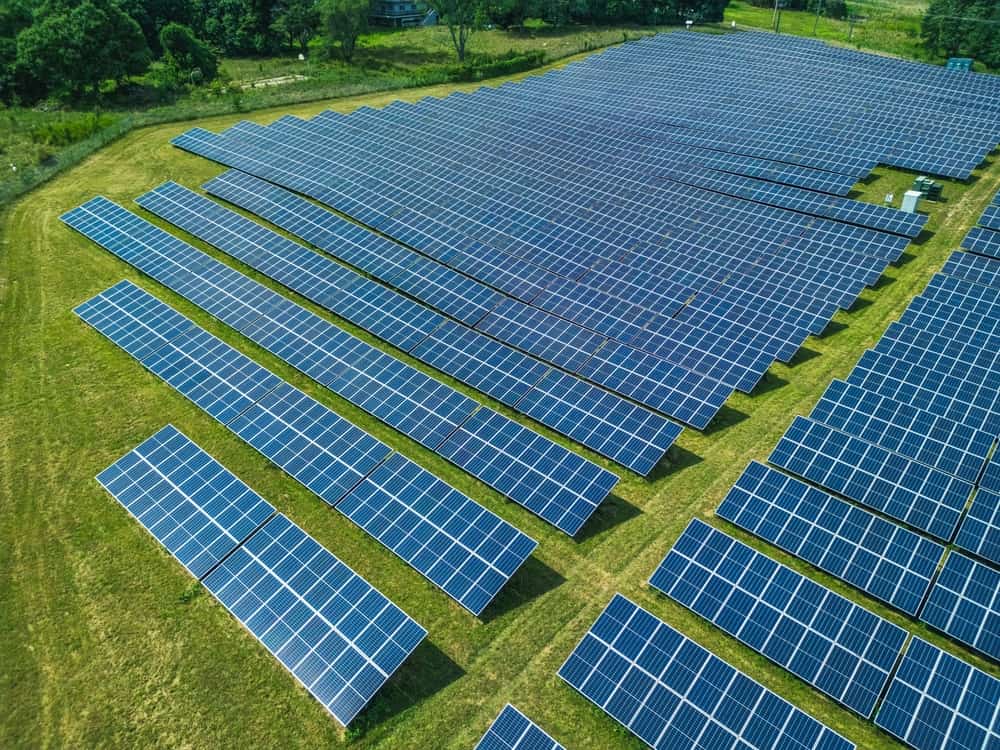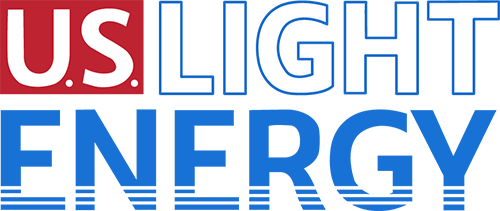
Maryland landowners are discovering a golden opportunity hiding in plain sight on their properties. As the Old Line State accelerates its commitment to renewable energy, solar development has become a powerful way to transform unused or underproductive land into a steady income stream for decades. With abundant sunshine, supportive state policies, and growing demand for renewable energy, Maryland presents an ideal environment for solar land leasing that benefits both property owners and their communities.
Maryland’s Solar Energy Landscape
Maryland has positioned itself as a leader in the Mid-Atlantic’s renewable energy transition. The state’s Renewable Portfolio Standard requires utilities to source 50% of their electricity from renewable sources by 2030, with solar energy playing a central role in achieving this ambitious goal. This mandate creates substantial demand for new solar installations across the state, making leasing land for solar an exciting opportunity for landowners.
Top Benefits of Solar Land Leasing in Maryland
Stable, Passive Income
Solar land leasing provides landowners with predictable monthly or annual payments for 25 to 40 years. Unlike agricultural leasing, which can fluctuate based on commodity prices and weather conditions, solar lease payments remain consistent throughout the contract term. Most agreements include annual escalation clauses of 1.5% to 2.5%, ensuring your income keeps pace with inflation while providing long-term financial security.
Transform Unused Property into Revenue
Many landowners possess acres that remain unproductive due to poor soil quality or difficult terrain. Solar development turns these challenging parcels into valuable assets without requiring soil amendments or costly improvements. Properties unsuitable for traditional agriculture or development can generate substantial income through solar leasing, maximizing the economic potential of every acre you own.
Soil Rejuvenation and Land Preservation
Solar installations actually benefit soil health by providing extended rest periods from intensive agricultural use. The shade created by solar panels reduces soil erosion, retains moisture, and allows native vegetation to recover naturally. After the solar lease term ends, many landowners find their soil quality has improved significantly, making the land more valuable for future agricultural or development purposes.
Agrivoltaic Farming Potential
Progressive solar developers increasingly incorporate agrivoltaic systems that allow continued agricultural use beneath and around solar panels. This innovative approach enables landowners to maintain some farming operations while generating solar income, creating dual revenue streams from the same property. Sheep grazing, beekeeping, and certain crop cultivation can continue alongside solar energy production. 6.59% of the land used for solar in Maryland happens to be corn farms.
Zero Upfront Investment
Landowners only supply the land for solar development. The solar developer handles all installation costs, eliminating financial risk for landowners. These costs include site preparation, equipment procurement, construction management, and grid interconnection expenses.
No Maintenance Required
Solar developers maintain full responsibility for system operations, maintenance, and repairs throughout the lease term. Landowners receive consistent payments without managing equipment, coordinating service calls, or addressing technical issues. Professional maintenance teams ensure optimal system performance while landowners enjoy hassle-free income generation.
Clean Energy Independence
Solar development reduces community dependence on fossil fuel imports and volatile energy markets. By hosting solar installations, landowners contribute to Maryland’s energy security while supporting domestic renewable energy production.
Lower Utility Bills for the Local Community
Community solar programs allow local residents and businesses to purchase solar energy at reduced rates compared to traditional utility costs. Your solar installation directly benefits neighbors and local businesses by providing access to affordable clean energy, strengthening community relationships while supporting economic development in your area.
Power Grid Resiliency
Distributed solar generation enhances grid stability by reducing transmission losses and providing localized power sources. During peak demand periods or emergencies, local solar installations help maintain a reliable electricity supply for surrounding communities.
Environmental Protection
Solar energy generation produces zero emissions during operation. Each solar installation prevents excessive amounts of carbon dioxide from entering the atmosphere over its operational lifetime, contributing to improved air quality and climate change mitigation efforts.
How to Lease Your Land in Maryland for Solar
Initial Property Evaluation
Solar developers begin by conducting comprehensive property assessments to determine development viability. U.S. Light Energy (USLE) performs detailed feasibility studies examining your land’s solar potential, ensuring optimal utilization that maximizes both energy production and lease value. This evaluation process considers multiple factors that influence project success and long-term profitability.
Grid Connection Analysis
The assessment includes a thorough utility infrastructure review to confirm the local electrical grid can accommodate your solar farm’s energy output. Developers examine existing transmission lines, substation capacity, and interconnection requirements to design systems that integrate seamlessly with regional power distribution networks.
Environmental Impact Review
Comprehensive environmental studies identify sensitive areas requiring protection or special consideration during development. These studies include wetland delineation, wildlife habitat assessment, and archaeological surveys to ensure responsible development that balances clean energy production with environmental stewardship.
Regulatory Compliance Planning
Solar developers review all applicable zoning regulations, building codes, and permitting requirements for your locality. It involves coordinating with municipal and county officials to establish clear approval pathways and satisfy all regulatory requirements before construction begins.
Contract Negotiation Phase
After successful feasibility confirmation, developers present preliminary agreements outlining proposed lease terms and project parameters. These initial contracts typically include option periods allowing developers to secure land rights while finalizing project design and securing necessary approvals.
Formal Lease Execution
Option agreements convert to comprehensive lease contracts upon securing grid interconnection agreements and necessary permits. This transition typically triggers increased rental payments as projects advance toward construction readiness.
Development and Construction
Once a lease agreement has been reached, developers manage all construction activities, including site preparation, equipment installation, and grid interconnection. Construction typically requires 6-12 months, depending on project size and complexity, during which landowners receive construction-phase lease payments.
Project Commissioning and Operations
Construction completion marks the beginning of full operational status, when solar installations start generating electricity for grid distribution. At this stage, landowners receive maximum lease payments based on actual land usage, with most agreements including annual payment increases throughout the operational period.
Explore Maryland Solar Opportunities with U.S. Light Energy
With over 30 years of solar development and real estate expertise, U.S. Light Energy partners with Maryland landowners to create reliable income streams through community solar projects. Our comprehensive approach manages every aspect from initial site assessment to long-term operations, ensuring hassle-free participation in renewable energy development.
By working with USLE, property owners secure decades of steady revenue while contributing to Maryland’s clean energy future. Our experienced team handles complex permitting, utility connections, and community relations to deliver successful projects that benefit everyone involved.
Ready to unlock your land’s solar potential? Apply today to discover how your property can generate long-term income while supporting Maryland’s transition to sustainable energy independence! U.S. Light Energy is leading the charge for a new generation.
References:
https://uslightenergy.com/land-leasing/solar-land-lease/
https://energy.maryland.gov/pages/info/renewable/solar.aspx
https://uslightenergy.com/agrivoltaic-farming-in-pa-what-crop-is-best-for-agrivoltaics/
https://uslightenergy.com/solar-development-companies-how-to-find-the-right-fit-for-you/
https://uslightenergy.com/community-solar/community-solar-farm/
https://uslightenergy.com/what-is-a-solar-farm-and-how-does-it-work/
https://uslightenergy.com/land-leasing/apply-for-land-leasing/
